The big, the deep and the just plain crazy — mining and drilling facts and feats
Mining is something that few people think about. It’s something that happens far away so most of us, safe and sound in our houses in the suburbs, rarely spare a thought towards how the petrol we pump into our cars got from an oilfield in the Gulf of Mexico or the Middle East into our local bowser. It’s only when something crazy happens that we normal folk start to take notice, which has given mining something of a reputation with most people.
But there’s a lot more to mining than the things that occasionally go wrong. Though we focus on the disasters, every day in the industry incredible things are done that never get any press time. The ways humans have found to get the things we need out of the ground are simply staggering. Let’s take a look at some of the more mind boggling things we’ve done over the years in our quest for resources. We’ve combined insane feats of engineering brilliance with fascinating research projects and mind bogglingly stupid mistakes. There’s something for everyone, so have a squizz at we found.
Preposterous Pipelines
The former Soviet Union is crisscrossed by oil pipelines that supply its enormous land area with the precious liquid. Of these, the largest is the Druzhba (don’t worry, we can’t pronounce it either) pipeline which stretches all the way from the Eastern reaches of Ukraine to the Western tip of Germany for a total of around 4000 km. How far is 4000 km, you ask? Oh you know, only around 300 km less than the width of the entire contiguous United States. Yup, if you’ve ever made the trip from CA to NC then you’ll know that’s nothing to sneeze at.
We mentioned it before, but Eastern Europe is home to many of the biggest pipelines projects in the world. In fact, it boast the second longest pipeline as well as the first. However, this only serves to make the Druzhba example even more impressive, because the second longest pipeline – the Baku–Tbilisi–Ceyhan – is a paltry 1700 km long. Druzhba more than doubles that length, making it a true landmark example of engineering.
Druzhba collects a vast amount of crude oil from a variety of locations in Eastern Europe including the Caspian Sea, the Ural mountains and Siberia. The oil travels from these picturesque locations westward, ending up in refineries as far west as Germany.
But wait, there’s more! Druzhba isn’t resting on its laurels, oh no. With a variety of extensions proposed, the 1.4 million barrels of crude the pipeline carries every day is set to become even greater.
Gargantuan Gold Mines
“O’ sunlight! The most precious gold to be found on Earth.” So proclaims novelist Roman Payne. Well, apparently he never told the creators of the TauTona gold mine of this opinion, because they’ve left golden sunlight far, far behind on their quest to wrest the much more tangible version from the ground.
TauTona is a gold mine in South Africa. The country seems to have a bit of a fetish for stupidly deep gold mines because it’s also home to the Mponeng mine. These two mines are undisputedly the deepest mining operations on the planet, but as to which is officially the deepest is something of a running debate. Since both mines are in operation and always expanding, they have a healthy competition going to see who gets deeper. At the moment, both mines are hovering around the 4 km mark.
Wow! That’s right, four whole kays underground! At those sorts of depths, things are getting pretty hellish. The rock the miners are digging into reaches temperatures of around 60 degrees celsius, which would be impossible to work in normally. To overcome the problem, the mines run a solution of slurry ice underground to keep things a little cooler. They also insulate the mines with mixtures of concrete, water and rock to try and keep things tolerable.
But even if the temperatures aren’t debilitating, the work is still crazy dangerous. On average in TauTona, five miners die every year. However, the value of that gold keeps them coming back for more, and both mines remain prolific producers of the shiny stuff today. So sorry, Mr Payne, but it seems a lot of people out there think sunlight isn’t the most precious gold on earth after all. Not when there’s money to be made out of the stuff so far beneath the surface.
One Heroic Hole
This entry might not qualify as a mining project per se, but it’s still an incredible example of humans using their skill to get something from deep within the earth. In this case it wasn’t coal or oil or even gold that the drillers were searching for… it was knowledge.
The Kola Superdeep Borehole was a Soviet Project that basically aimed to see how far down you could deep before things became impossible. While there are boreholes today which are longer in total length, none have yet gone deeper.
The Kola Borehole was more than just a matter of digging the deepest hole in the world for the sake of it – it has contributed some important nuggets of scientific knowledge as well. Thanks to the Kola project, we now understand much more about the transitionary stages of the earth’s crust, as well as the rocks that make up this unseen part of our planet. The Kola Borehole drilled through rocks greater than 2.5 billion years of age and encountered temperatures of 180 degrees celcius. The extreme conditions were eventually the end of the project, and it never reached its goal of 15000 metres deep. However, at a total depth of 12.2km, the achievement is still remarkable. Today, the site sits abandoned and decrepit, and the borehole itself has been welded shut. An ignominious end for such a historically significant project.
Towing Tonnage
Ever wonder how those huge offshore oil platforms get out to sea? Well, it depends on what sort of platform we’re talking about, because there are a variety of different types. In simple terms, offshore oil platforms can be fixed or floating, and this will have a large bearing on how exactly they get way out to sea. While the floating platforms are generally found in the deepest waters, it’s the fixed platforms which are the most impressive to see being brought out to sea.
It’s not all about visual impressiveness either, these platforms hold some pretty awesome records to boot. Take the Troll A platform in the North Sea, for example.
Looks pretty standard right? Yeah, well see those legs it’s standing on? This is what they look like when not submerged in almost 500 metres of water!
The construction of the Troll A platform remains a feat of engineering almost unmatched. When it was completed in 1996 it became the tallest and heaviest object ever towed by man, a record that it still holds today. This behemoth weighs more than 600 000 tons, and had to be towed all the way from it’s construction base in Norway to its place of operation in the North Sea. During it’s construction in dry dock, cranes as tall as a skyscraper clambered up its scaffolding to build it higher and higher. A worldwide sensation, the Troll A is distinctive for more than just its funny name.
Nuking Natural Gas
Natural gas is an incredibly valuable resource, as we’ve already proven in this list with our earlier entry. Humans have built drilling platforms that reach into the farthest depths of the ocean just to procure this precious resource, which goes to show how much store we place by it.
So it seems a trifle odd then, that one fine day in 1971 a group of Soviet engineers decided it would be a good idea to set an enormous deposit of natural gas on fire. The resultant burn off has continued for forty years, and today you can still go and visit the crater in which sits a permanent fire – a testament to a slightly overzealous engineering team’s mistake.
No actual mining of gas takes place today, but the appropriately dubbed Door to Hell is well worth talking about anyway. The engineers who set the spark to the gas were on an expedition to access the viability of oil drilling in the area. An exploratory drill ended up finding nothing but gas, and a ground collapse created the crater. The engineers decided that drilling for oil wasn’t feasible, but they couldn’t just walk away and leave the gas spilling out to poison nearby towns. Instead they basically decided to strike a match and see what would happen. The gas was expected to burn out in weeks, but instead it remains to this day. We’ve never been, so we can’t comment on whether one can hear the souls of the damned when standing next to the edge, but if ever there was a place more deserving of the name “Door to Hell”, we’ve definitely never heard of it. Also, we don’t want to.
Deepwater Drilling
Let’s get back on the topic of drilling platforms because damn if they aren’t seriously cool things. Troll A might be the tallest and heaviest thing ever towed, but it isn’t the deepest oil drilling platform in the world. Like we mentioned earlier, it’s the floating platforms that pull the deepest duties, which brings us nicely onto the topic of the Perdido platform.
Lying in the oil and natural gas hub of the gulf of mexico, Perdido operates in deeper water than any other platform. How deep? Only two and a half kilometers. Yep, 2500 metres. Even though it’s a floating platform, Perdido is still stupidly big. Almost as tall as the Eiffel tower, it has a daily production of 100 000 barrels of oil and 200 million cubic feet of natural gas. Those are crazy numbers to be sure, but to be truly blown away take a gander at the sort of deposit the platform is working with. The oil and gas field the platform is floating above has the potential to provide the world with 15 billion barrels of crude oil… which gives you an idea as to why the owners at Shell decided it was worth diving 2.5k to the ocean floor to procure it.
Mining eoncompasses some of the most impressive engineering feats ever achieved by man, and it is always marching towards bigger, more efficient and more impressive feats. When you consider the scale of some of the more ambitious projects that have been achieved over the years, you can’t help but start to wonder where things are headed next…. Stay tuned.
This article was brought to you by UniSpan, experts in scaffolding and formwork services in Australia.
More News
{{ commodity.name }}
{{ post.title }}
{{ post.date }}

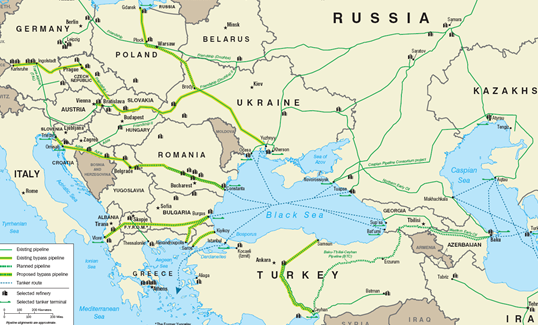
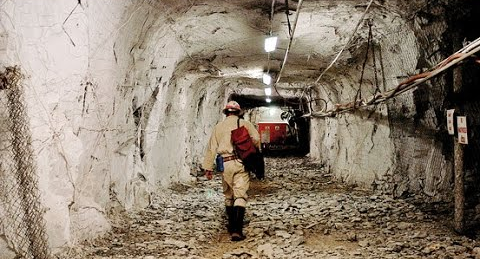
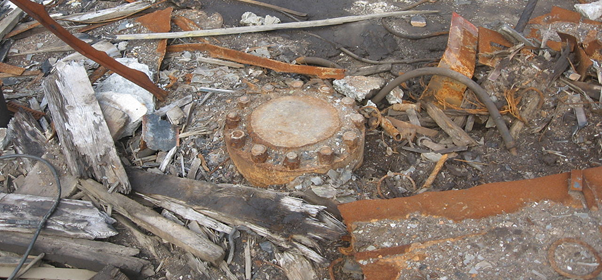


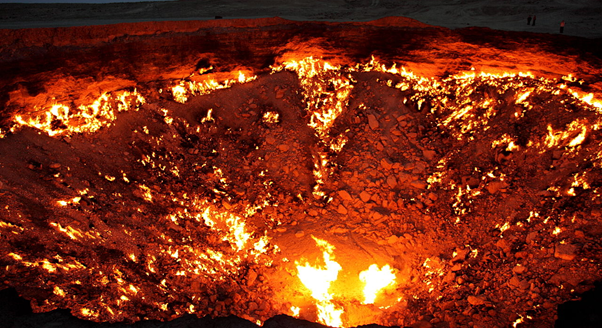

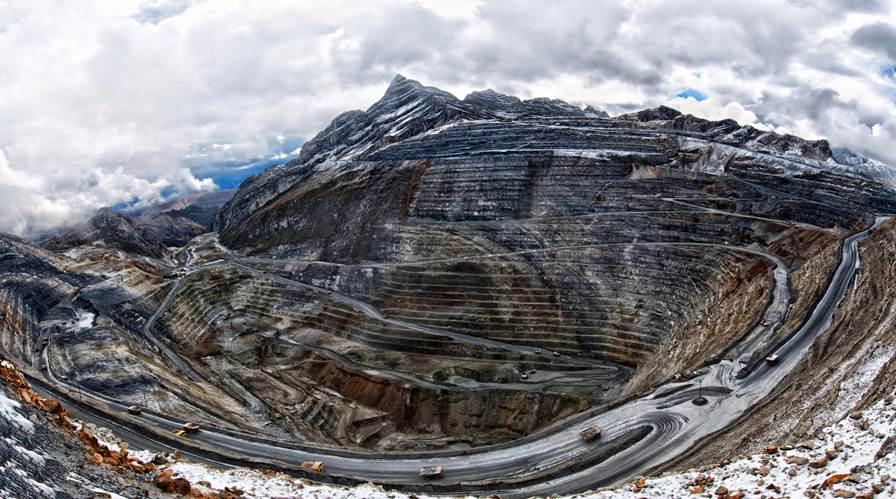
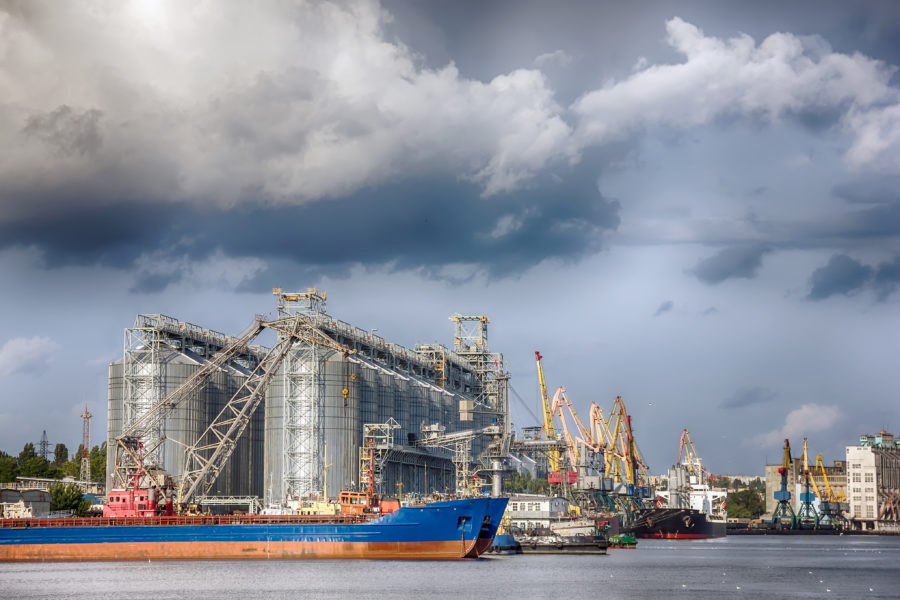
Comments